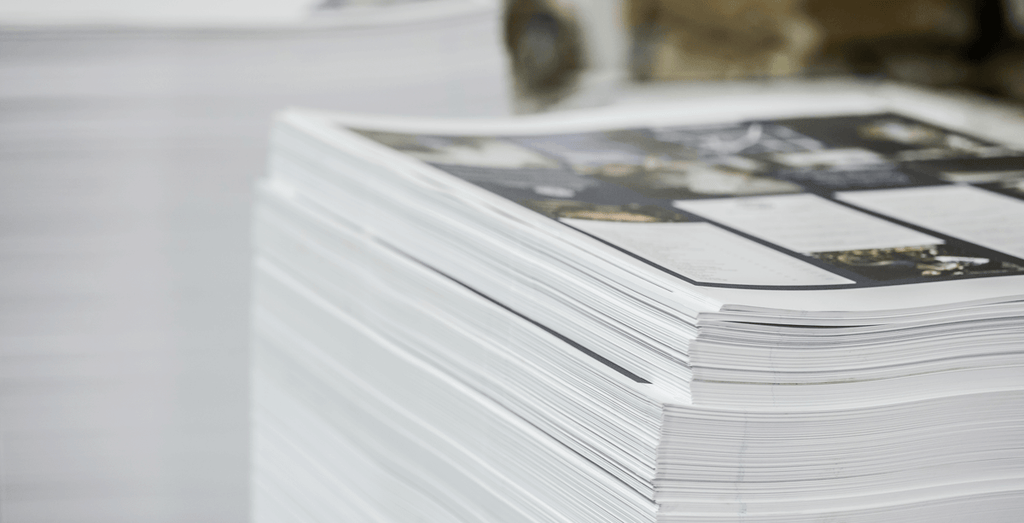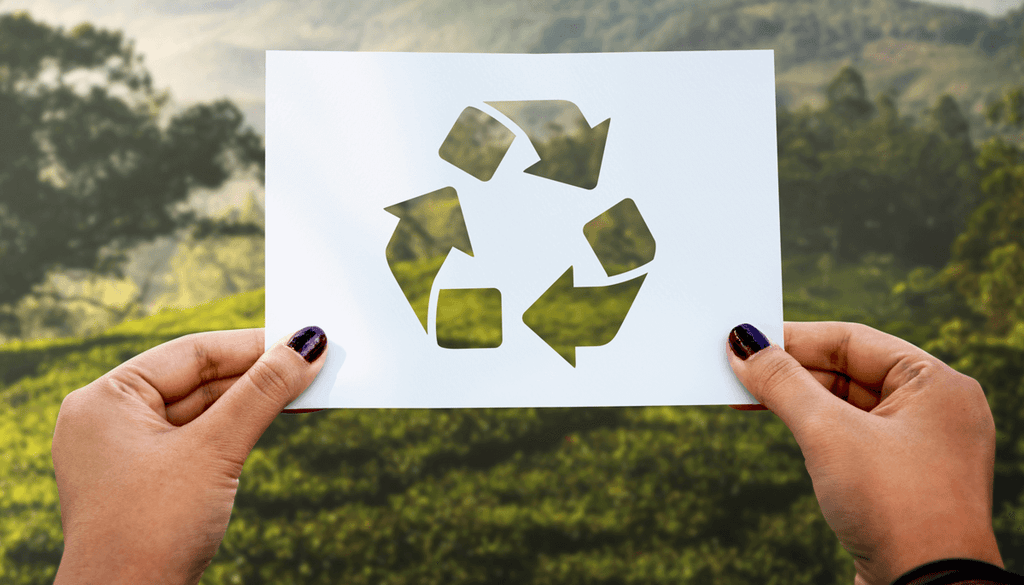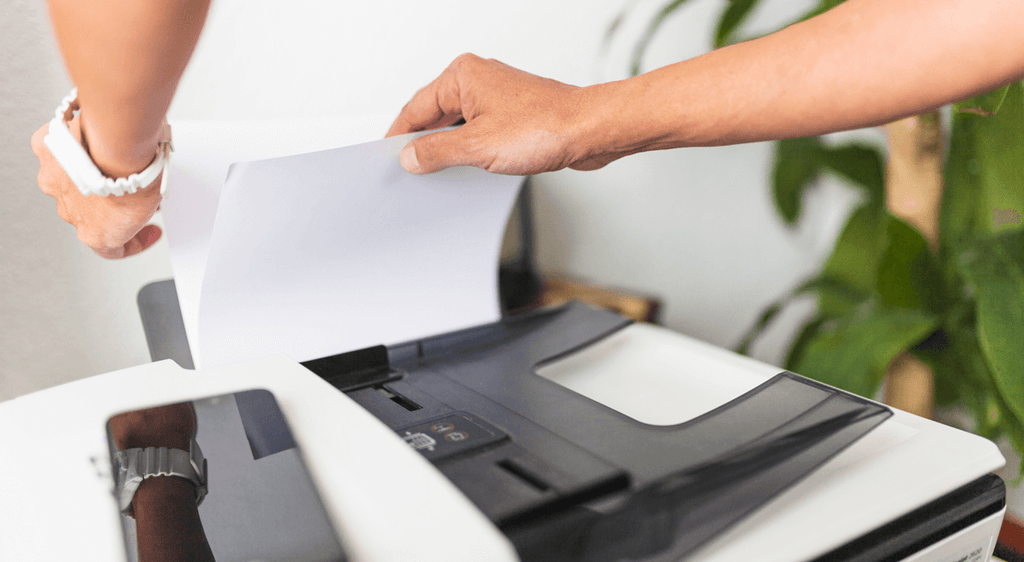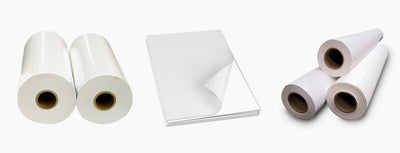This is definitely and undeniably the digital era, but printed media still has its place in the world. After all, printing information out and disseminating it is a tried and true method in various endeavors, including marketing, journalism, and more. Thus, it’s important to make sure that you have at least a basic knowledge of the best kinds of printing paper available to us today.
The type of paper you use impacts the final product itself, and how well you disseminate the information you want to put out there. Choosing the right paper is therefore imperative, but as with anything, we should start with the basics.
Printing Paper Basics
Usually, when we have a particular product that we prefer over others of the same kind, we refer to it by its brand name or another similar identifier. However, when it comes to printing paper, it’s best to pay attention to details such as the paper’s thickness, weight, brightness, and opacity. Understanding all these features can help you make the right choice.

1. Thickness
Paper thickness (also referred to as “caliper”) is pretty straightforward and easy to understand. It is simply the measurement of how thick a singular piece of paper is. Typically, the thickness matters more when talking about card stock (also known as cover stock) paper. Card stock is thicker than the usual writing paper, but still thinner and more flexible than other paperboard types.
Usually, the thickness of a piece of paper is expressed by points. One point is equivalent to a thousandth of an inch, or .001 inch. If, for example, a piece of paper has a thickness of 10pt, it is .01 inch thick.
It’s also important to note that the thickness of a paper directly affects its weight.
2. Weight
While measuring paper thickness is straightforward and universal, measuring for paper weight is a bit more complicated and can depend on different conventions in different countries. Countries that use US paper sizes measure by basis weight, which actually refers to the density of paper vis-a-vis the mass of the ream. To simplify, the paper weight is basically the weight of a ream of 500 sheets of uncut paper (US convention), expressed in pounds.
The thicker the paper, the higher its weight. Paper thickness and weight can basically be an indication of each other. Whether you choose paper based on its thickness or weight, you’ll be aware of what you’re getting.
3. Brightness
Like any other basic paper feature, paper brightness also plays a huge role. In technical terms, paper brightness refers to how the surface of a sheet of paper reflects blue light at a wavelength of 457 nanometers. While it may seem that white papers come in roughly the same shade, if you put different sheets side by side, you may notice a difference in the brightness.
The general rule of thumb is that the brighter the paper, the brighter and clearer the images printed on it will be. Brightness is measured on a scale of 1 to 100, with 100 being the brightest that a piece of paper can be.
4. Opacity
Paper opacity is also pretty simple to understand. Opacity in general refers to the ability of an object to be impenetrable by light. An opaque object basically does not let light come through it.
Is opacity important in paper? That depends on what you’re using the paper for. If you intend to print on both sides of a single sheet of paper, a higher opacity is better. A sheet with lower opacity will likely allow ink to be visible from the unprinted side of the paper. If you print on both sides of a more translucent paper, odds are that you’ll see hints or shadows of what’s printed on the other side of the sheet. This can make the printing job look messy and haphazard.
Bond Paper
Bond paper is so called because it was originally formulated and produced for printing government bonds and other such types of documents. Now, it is perhaps the most ubiquitous type of paper in the world, having been proven to be flexible and useful in schools, offices, and various everyday uses in the home.
1. What It’s Made Of
Because bond paper has been around for a while, and it’s been used in many endeavors, it has a lot of different types. Typically, bond paper is made of wood pulp mixed with cotton fibers. However, the amount of cotton (also referred to as “rag”) in the mix can differ. Bond papers can range from being 20% cotton to 100% cotton. The higher the cotton content in the bond paper, the more expensive and high-quality it is.
2. What It’s Best For
There is a reason why bond paper is so ubiquitous, and that’s because of its versatility. It is basically the go-to paper for various everyday tasks in various settings. Bond paper is used for printing memos, fliers, letters, photocopying, printing, writing, drawing with various media, note-taking, sketching, and so many more. It is also usually the type of paper used to print letterheads, forms, invoices, and other official documents, though these documents are more often than not printed on higher-quality bond with a higher cotton content.
It’s nearly impossible to walk into a school, office, dental clinic, medical facility, or other types of establishments without using bond paper at least once. Bond paper is typically quite durable, with good erasability and absorption.
Thus, it’s difficult to pinpoint exactly what bond paper is best for. The easy answer is that it’s perfectly good for a wide variety of things, and it’s a very serviceable type of paper. Of course, there are also other types of paper that are more suited to specific purposes.
Poster Paper
Poster paper has definitely made its mark on history. It is used to advertise a variety of things: films, musical acts, concerts, boxing events, and travel destinations. It can also be used in a variety of other things, such as spreading political propaganda, displaying motivational or inspirational quotes, displaying educational facts or academic content, and more.

1. Poster Paper vs Other Types of Paper
What makes posters so special? For one thing, poster papers are designed specifically for its purpose. It is very specialized, and unlike the versatile bond paper, poster paper isn’t the stationery equivalent of a jack of all trades.
However, poster paper is very good at performing its functions. It can come with a glossy or matte surface, depending on the preferences of the ones using it. Because this type of paper is meant to stay outdoors or displayed for an extended period of time, it is hardy, durable, and waterproof. Where other types of paper will sustain water damage, poster paper is unlikely to do so.
Poster paper is also thicker than your run-of-the-mill paper. It is designed to preserve the text and images printed on its surface, and it will not easily scratch. There are different poster paper types you can choose from, as exemplified by Dietzgen poster paper.
Photo Paper
Can you print images on an ordinary sheet of bond paper? Certainly you can, but the question should be whether you should, when photo paper already exists. Photo paper offers specific features and benefits that other types of paper cannot. Like poster paper, photo paper is quite specialized and performs well in its function.
1. Types of Photo Paper
With the advent of digital photography, photo printing has diversified. Nowadays, it’s possible to print out high-quality images and photographs with the use of good inkjet paper, but light-sensitive photographic media is still in existence.
A. Photographic Paper
This type of paper is coated with a light-sensitive chemical that makes printing photographs possible. If you want to develop photographs from a film in a dark room, this is the kind of photo paper you should use. It is still commercially available in different finishes, sizes, and paper weights.
B. Inkjet Photo Paper
Printing digital photographs doesn’t involve the use of the traditional photographic paper. Instead, you can use inkjet photo paper, which is bright white for brighter images. Additionally, it has a special coating that prevents the ink from diffusing. This results in crisp images, clean lines, and bright colors.
Furthermore, there is a wide range of different inkjet photo paper you can choose from. Dietzgen photo paper, for example, comes in glossy and satin finishes.
2. Choosing Photo Paper
Because there is a wide variety of photo paper out there, how do you even begin to choose which exact type you want? You can start with the way you’d select any other type of paper: by considering the paper’s thickness, weight, brightness, and finish. Once you figure out the exact features you want, you’ve more than likely narrowed down your choices. Check out the products in the page linked above so you’ll have a better idea of what your options are.
Recycled Paper
Here’s a fun little fact: paper releases methane as it breaks down. Paper fiber also contains carbon, which can retain and keep away from the atmosphere as long as the paper remains intact. These reasons, as well as several more, are why recycled paper is a good type of paper to use in a variety of functions.

1. How Recycled Paper is Made
The idea of recycling paper is pretty simple: you take waste paper that’s stored in people’s homes and offices, process it, and turn it into new paper. This new paper can work just as well as virgin paper can. Typically, the process involves mixing the waste paper with water or certain chemicals, breaking the pulp of paper further down into a slurry of cellulose strands. The pulp is then strained to get rid of glue or plastic -- plastic is typically present in coated paper.
2. Why Use Recycled Paper?
About a third of the world’s felled trees are used for producing paper. Recycling paper can reduce the need for wood used in the production of virgin paper.
Additionally, recycling typically reduces the consumption of energy. Recycling even just a ton of newspapers can save a couple of thousands of kilowatt-hours.
Other than these, recycling paper helps reduce the use of landfills. After all, a large fraction of pre-recycling solid waste in the United States is made up of paper and a variety of paper products.
Recycling paper can also help reduce pollution. According to the US Environmental Protection Agency, recycling paper can produce a third less water pollution and about three-fourths less air pollution compared to the production of virgin paper. Of course, the paper mills of today are more eco-friendly than those of decades ago, but it would still be a good idea to reduce pollution by as much as possible.
Inkjet Paper
Inkjet paper is a lot like bond paper, in that it’s quite versatile and can be used in a variety of applications. However, it’s not quite as ubiquitous as bond paper, and there’s a good reason why. For one thing, inkjet paper is suited for use only with inkjet printers and can lose their coating in laser printers. Inkjet paper is also more expensive than bond paper, and isn’t meant to be used for handwriting, drawing, and other such purposes.
1. What It’s Made Of
Whereas bond paper is made of wood pulp and cotton, inkjet paper is typically made purely of high-quality wood pulp. This can be deinked pulp (DIP) or chemical pulp.
A. Deinked pulp
Deinked pulp is actually a type of recycled paper that underwent chemical processing. Chemical processing gets rid of inks, thus the name “deinked pulp.”
B. Chemical pulp
Chemical pulp isn’t the result of paper recycling, but rather the combination of wood chips and chemicals. This mixture is then fed into a machine called a “digester,” wherein the heat and chemicals bind fibers without degrading them. This process typically results in a stronger product.
2. What It’s Best For
While not as commonly used as bond paper, inkjet paper has a variety of functions and uses in a variety of settings. It enables ink to dry more quickly and has just the right absorbency that it can produce crisper lines and prevent ink from bleeding. Because of this feature, inkjet paper is a good choice for printing photographs and images.
However, should you use inkjet paper for everyday printing jobs, or for printing certain kinds of documents that are needed at school or in the office? This is more a matter of personal choice; since inkjet paper is more expensive, many might choose to reserve it for more demanding printing jobs. Bond paper or copy paper may be sufficient for printing documents, letters, forms, and the like.
Choosing the Right Printing Paper
There are a lot of types of papers on the market, but they all have specific characteristics and functions. Your choice of printing paper should really depend on its purpose. Inkjet paper, for example, can do certain things better than bond paper can. Bond paper, in turn, is more suited for a variety of tasks that inkjet paper is not.
This list has hopefully given you new insights into which printing papers are best for which purposes. For more ideas and choices, visit Engineer Warehouse to see a huge catalog of printing paper.




















